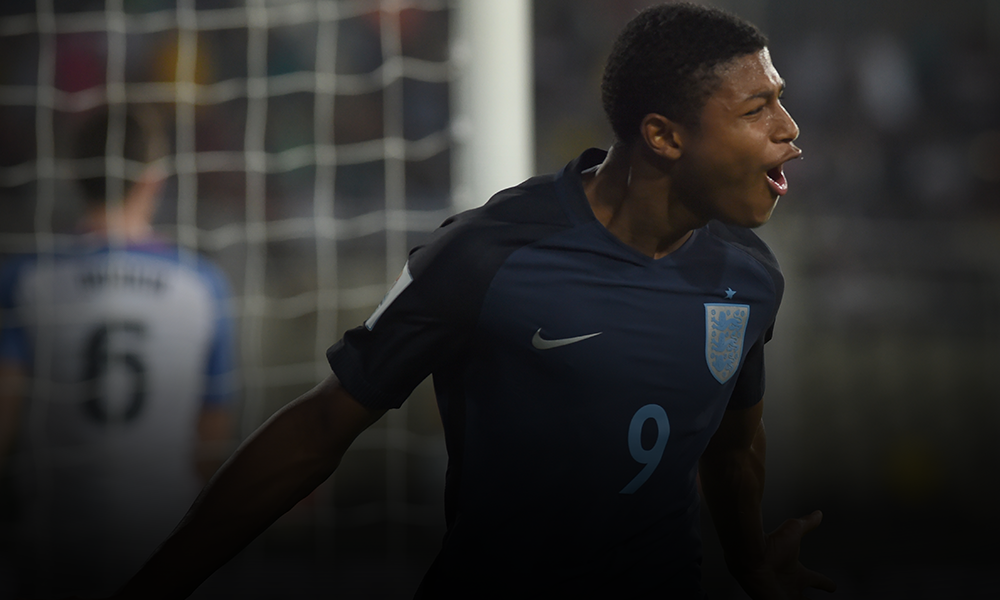Michael Thomas provides a detailed tactical analysis of the Copa America game which finished USA 4-0 Costa Rica.
USA 4-0 Costa Rica

Made using Tactical Pad
Costa Rica (5-2-3): Pemberton; Acosta, Duarte, Calvo, Gamboa (Salvatierra 46’), Matarrita, Borges, Bolaños, Campbell (Azofeifa 46’), Bryan, Urena (Saborio 18’)
United States of America (4-3-3): Guzan; Brooks, Cameron, Yedlin, Johnson, Bradley, Jones, Bedoya (Beckerman 83’), Wood (Zusi 70’), Dempsey (Wondolowski 78’), Zardes
Having registered a rather uninspiring performance in their opening game against Colombia, the host nation needed to earn at least a point against Costa Rica or face the embarrassment of elimination only a week into the tournament.
Meanwhile, the Costa Ricans successfully collected a point in their goalless draw against Paraguay, and victory against the Americans would all but secure advancement to the quarterfinals.
Americans Flip the Script Against the Ticos
Jürgen Klinsmann’s biggest problem against Colombia was his inability to generate access to the middle of the field in Colombia’s half. He almost never makes any major in-game tactical changes, and the Colombia game was no exception. Michael Bradley remained isolated in the middle of the field, and the Colombians continually created excellent counter-attacking opportunities.
Despite widespread calls from supporters to start promising talents Darlington Nagbe and Christian Pulisic, Klinsmann deployed the same 11 in the same 4-3-3 formation. American fans were right to worry after a nervy opening few minutes punctuated with DeAndre Yedlin mis-hitting a clearance directly to Joel Campbell in the middle of the box. Campbell’s volley traveled wide, and the Americans gradually settled into a surprisingly effective pressing strategy.
Costa Rica lined up in their usual 5-chain with three center halves and a wingback high up the pitch on each flank. The American front three led a man-oriented press where each forward remained close to his respective center half. The midfield trio of Jones, Bradley and Bedoya deployed on a second narrow line and always remained within 20 yards of the forward line.
Celso Borges lined up as Costa Rica’s 8, and when he moved into a wide position, the American ball near central midfielder followed him. Christian Bolaños was Costa Rica’s only other central player, but he positioned himself higher up the pitch and remained generally inaccessible behind America’s second line.
This pattern ultimately allowed the Americans to account for all central players and forced the Costa Ricans to push the ball wide. Gyasi Zardes and Jones served as the controllers responsible for setting the edge and chasing Matarrita and Gamboa deep into their own half when necessary.
Americans Effective on the Counter
The Yanks are quite simply not technically proficient enough to break down quality opponents through a possession-oriented, short-passing approach. However, by pressing effectively, they were able to force turnovers and simplify attacking into a series of direct counters.
These counters worked effectively as Jones and Bedoya moved forward whenever their respective wide forward dropped deep to track one of the wing backs. As a result, the Americans always had at least three players breaking forward each time they forced a turnover near midfield. With the Costa Rican wing backs and central midfielders often ahead of the turnover, the center halves found themselves 3 v 3 against the attacking Americans.
Perhaps no play more effectively demonstrated the success of this strategy than the build-up to the second goal where Jones tackles the ball directly into the path of Dempsey who leads the break before eventually laying it off to him for the arrow shot just inside the right post.
While the Americans were far from ruthless in front of goal, they created excellent scoring opportunities throughout the match and comfortably outshot Costa Rica 10 to 6.
Costa Rica Create a Few Chances from Wide Positions
Costa Rica’s general neglect of the middle of the pitch meant they were always going to struggle to control the run-of-play. However, Matarrita’s aggressive positioning on the left flank allowed the Costa Ricans to exploit Yedlin and Zardes who are far more composed on the ball in the opposing half than their own half.
The Ticos successfully slipped several through balls into the left corner of the box, but with Bryan Ruiz and Joel Campbell constantly dropping deep to assist with build-up, the Ticos were usually left with only one runner trying to find space to receive a cross between Geoff Cameron and John Brooks.
Costa Rica’s best opportunity of the half came on 39’ when Mattarita slinked into the left corner of the box and played a slide rule pass to Campbell who made a superb diagonal run to the penalty spot from a wide right position. Fabian Johnson tracked the run excellently however and prevented Campbell from releasing a clean shot.
Conclusion
The Americans were far from perfect in this game as they continued to turn the ball over deep in their own half with regularity and didn’t convert as many of their counters into shots on goal as they could have. Nevertheless, they displayed the organization and industry necessary to overcome their technical limitations and won this game before halftime.
Costa Rica certainly missed world-class keeper Keylor Navas and suspended defender Kendall Waston. However, their unwillingness to prioritize the center of the field left them woefully ill-equipped to earn a result from this game.
Written by Michael Thomas
- Copa America 2016 Tactical Analysis: USA 0-4 Argentina | Americans play checkers and Argentines play chess - June 26, 2016
- Copa America 2016 Tactical Analysis: USA 2-1 Ecuador | Americans Once Again Survive with 10 Men - June 22, 2016
- Copa America 2016 Tactical Analysis: USA 1-0 Paraguay | Americans survive and advance - June 15, 2016





























































